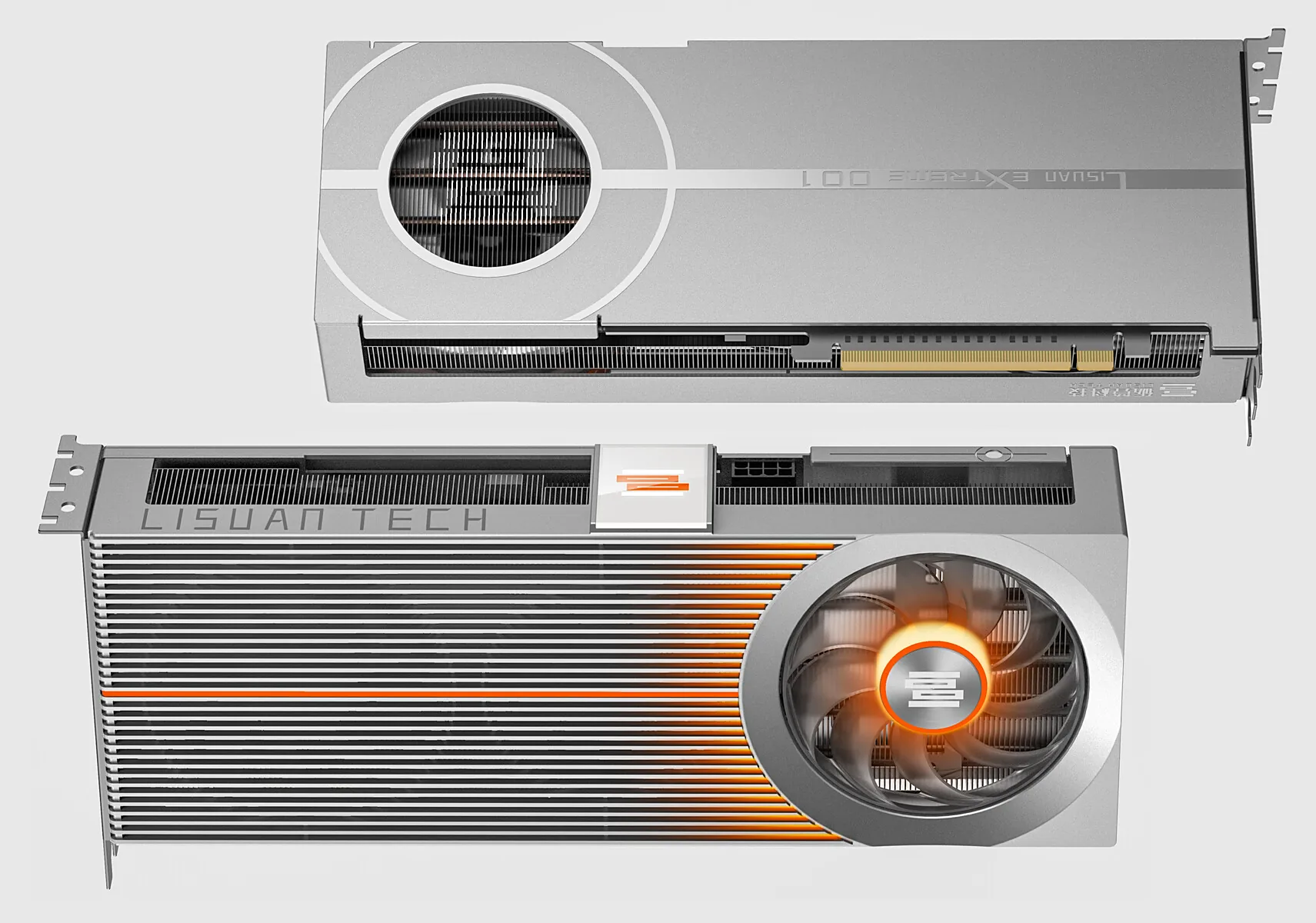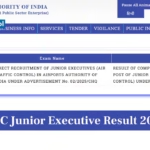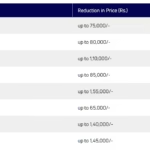In a move that could reshape the global graphics processing unit (GPU) landscape, Chinese startup Lisuan Technology has unveiled its first homegrown 6 nm graphics chip—the G100 GPU. Introduced on July 26–27, 2025, this announcement marks a critical moment in China’s effort to reduce its reliance on foreign GPU giants like NVIDIA and AMD.
At the heart of Lisuan’s launch are two new graphics cards—the 7G106 targeted at gamers and the 7G105 aimed at professionals and AI workloads. Both cards are powered by the new G100 GPU and based entirely on Lisuan’s proprietary TrueGPU architecture, internally codenamed Tiantu.
Let’s explore what this means for China’s domestic tech ambitions—and how these cards perform in the real world.
TrueGPU: Built Entirely In-House
Lisuan’s TrueGPU platform represents a completely in-house design initiative—from the instruction set to the compute core to the driver ecosystem. This is not a repackaging of Western intellectual property, but an effort to build a truly indigenous GPU architecture.
The significance of this cannot be overstated. With increasing geopolitical tensions and technology sanctions affecting access to cutting-edge semiconductors, China has placed strong emphasis on achieving self-reliance in key technologies. Graphics cards, which are central to gaming, AI, and data center computing, represent one of the final frontiers in this race.
Specs Breakdown: 7G106 vs. 7G105
The 7G106 gaming card is built with 12 GB of GDDR6 memory on a 192-bit memory bus. It features 192 texture mapping units (TMUs), 96 render output units (ROPs), a PCIe 4.0 ×16 interface, and a TDP of approximately 225 W, powered by a single 8-pin connector. These are solid mid-range gaming specs.
The 7G105, intended for professional and AI applications, upgrades the memory to 24 GB GDDR6 with ECC (Error-Correcting Code). It also includes virtualization capabilities like SR-IOV, enabling up to 16 virtual GPU instances. This makes the 7G105 suitable for enterprise environments involving deep learning, rendering, and multi-user computing.
Early Performance: A Rocky Start
Initial benchmark leaks for the G100 were not encouraging. Early Geekbench OpenCL scores indicated the chip had just 32 Compute Units (CUs) clocked at 300 MHz, with only 256 MB of VRAM—resulting in a score of 15,524. This put it roughly on par with a GTX 660 Ti—a card released in 2012.
Critics were quick to call this a failure, but insiders clarified that the results likely came from pre-production silicon with immature drivers. As is common with early hardware, performance optimizations come later in the development cycle.
Improved Benchmarks: Closing the Gap
Weeks after the initial leak, a new benchmark surfaced featuring a more refined G100 variant. This version had 48 Compute Units clocked at 2,000 MHz, paired with 12 GB of VRAM. The updated OpenCL benchmark showed a score of 111,290, which is approximately:
- 2% ahead of Intel’s Arc A770
- 10% faster than NVIDIA’s RTX 4060
- Just 9% behind the yet-unreleased RTX 5060
These improvements reflect the potential of Lisuan’s architecture once driver maturity and final silicon optimization are in place. It also signals that China could, in the near future, become a competitive player in the mid-range GPU segment.
Gaming Demos: 4K at 70+ FPS
In real-world gaming demos, the 7G106 was showcased running several Chinese-developed AAA games like Black Myth: Wukong and Wuchang: Fallen Feathers. In these tests, the GPU consistently delivered over 70 frames per second at 4K resolution with high settings. Another popular title, Shadow of the Tomb Raider, reportedly exceeded 80 FPS under similar conditions.
These results—if they hold true under independent testing—indicate that the G100 is not just a lab prototype. It can power high-end gaming experiences in demanding scenarios.
Technical Capabilities and Features
Here’s a quick look at the hardware specs for both cards:
| Model | Use Case | Memory | Compute Units | FP32 Compute Power | API Support | Video Decode | Virtualization Support |
|---|---|---|---|---|---|---|---|
| 7G106 | Gaming | 12 GB GDDR6 | 48 | ~24 TFLOP/s | DirectX 12, Vulkan 1.3, OpenGL 4.6 | AV1/HEVC up to 8K | SR-IOV (up to 16 vGPUs) |
| 7G105 | Pro/AI workloads | 24 GB GDDR6 ECC | 48 | ~24 TFLOP/s | Same as above | Same | Same |
Currently, neither card supports ray tracing—a feature now standard in most modern gaming GPUs. Also missing is a DLSS-like AI upscaling solution. Lisuan has hinted at a potential in-house upscaler, dubbed NRSS, but no formal launch date has been announced.
Both GPUs are built using TSMC’s 6 nm process node, helping Lisuan achieve relatively modern power efficiency and density. Mass production is expected to begin in September 2025, with sample units already shipping to selected partners in August 2025.
Strategic Significance: More Than Just Performance
Even if these cards fall short of top-tier competitors in raw performance, their real value lies in technological independence. In a global climate of increasing export restrictions and technological bifurcation, having a locally developed GPU that performs competitively—even at mid-tier levels—is a massive leap for China.
By owning every aspect of the stack—from the silicon and driver stack to the instruction set—Lisuan is helping China secure a critical piece of its digital infrastructure. This isn’t just about gaming; it’s about AI, data centers, defense, and digital sovereignty.
Challenges That Remain
Despite the breakthroughs, Lisuan faces an uphill battle on multiple fronts:
1. Driver and Software Maturity
Gaming and compute performance often depend more on drivers than on raw specs. Lisuan must rapidly build and optimize driver support across a wide range of applications and OS environments.
2. Developer Ecosystem
NVIDIA’s dominance owes much to CUDA, TensorRT, and its massive developer ecosystem. Lisuan needs to offer compelling development frameworks for AI, rendering, and scientific computing to gain wider adoption.
3. Global Competitiveness
To go beyond Chinese borders, Lisuan will need to offer aggressive pricing, reliability, and developer support. Competing with NVIDIA and AMD in international markets will not be easy, especially without feature parity.
4. Advanced Feature Set
Ray tracing, DLSS-style upscaling, and hardware AI accelerators are now industry standards. Lisuan’s roadmap needs to incorporate these quickly if it wants to stay relevant.
What Lies Ahead
Here’s what to expect over the coming months:
- August 2025: Independent reviewers begin testing Lisuan’s cards. Expect performance deep dives and driver critiques.
- September 2025: Mass production kicks off. Pricing and availability are revealed.
- Late 2025 – 2026: Potential announcements of higher-end variants, mobile versions, and ecosystem updates including AI software tools and in-house upscalers.
Lisuan has made it clear that the 7G106 and 7G105 are only the beginning. The company intends to scale its architecture across a wider portfolio—from entry-level GPUs to data center-class accelerators.
Final Thoughts: A First Step Toward the Future
Lisuan Technology’s 6 nm G100 GPU marks a watershed moment in China’s journey toward full technological self-reliance. While the hardware isn’t a top-tier contender—yet—it proves that a domestic startup can go from zero to a viable GPU solution in just a few years.
With benchmark results rivaling mid-range Western GPUs and 4K gaming performance already on display, Lisuan is no longer just an ambitious player—it’s a competitor to watch.
If Lisuan can address its software maturity, expand its developer ecosystem, and deliver a compelling product pipeline, it may eventually emerge as a strong alternative not just within China, but across global markets as well.
The G100 isn’t just a graphics card. It’s a symbol of a rising tide in GPU independence—and that could change everything.










